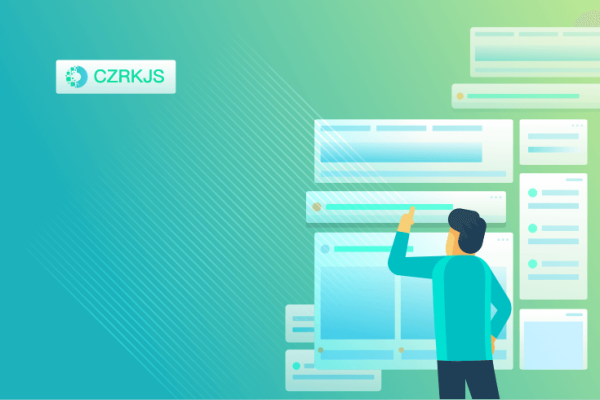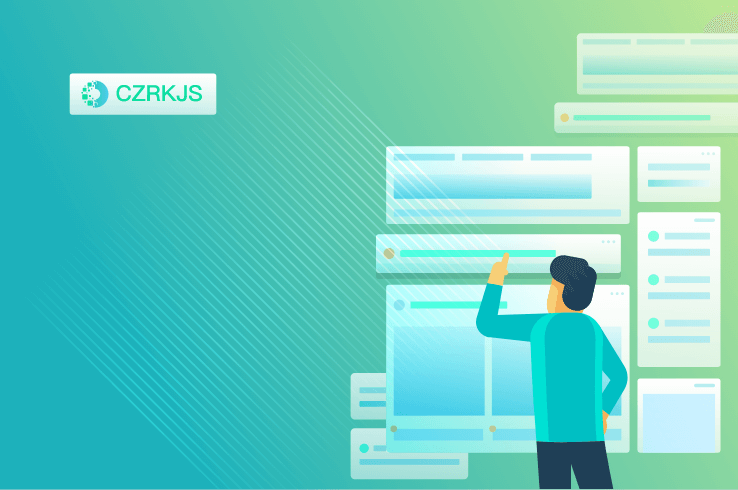
A Detailed Guide to Obtaining a P.Eng License in Canada: Experience and Exam Preparation
The Professional Engineer (P.Eng) license is a prestigious credential in Canada, signifying a high level of competence and ethical standards in the engineering profession. Whether you’re a recent graduate or an experienced engineer, obtaining a P.Eng license is essential for advancing your career in Canada. This guide provides a step-by-step overview of the P.Eng application process, including experience requirements and exam preparation tips.
1. Understanding the P.Eng License
A P.Eng license is issued by provincial or territorial engineering regulatory bodies, such as Engineers Canada. It allows you to practice engineering independently, sign off on engineering designs, and take legal responsibility for your work. Each province or territory has its own requirements, but the general process is similar across Canada.
2. Eligibility Requirements
To qualify for a P.Eng license, you must meet the following criteria:
- Educational Qualifications
- Hold a degree from an accredited engineering program (Canadian or international).
- If your degree is from a non-accredited program, you may need to complete additional technical exams.
- Work Experience
- Accumulate a minimum of 48 months of engineering work experience, including at least 12 months in a Canadian environment under the supervision of a licensed P.Eng.
- Professional Practice Exam (PPE)
- Pass the PPE, which tests your knowledge of Canadian engineering laws, ethics, and professional practice.
- Language Proficiency
- Demonstrate proficiency in English or French, depending on the province or territory.
- Good Character
- Provide references and evidence of good character and ethical conduct.
3. Step-by-Step Application Process
Step 1: Confirm Your Eligibility
Contact the engineering regulatory body in your province or territory to confirm your eligibility and understand specific requirements.
Step 2: Submit Your Academic Credentials
- If you graduated from a Canadian-accredited program, your degree will automatically be recognized.
- For international degrees, you may need to undergo a credential assessment through organizations like World Education Services (WES).
Step 3: Document Your Work Experience
- Record your engineering work experience in detail, including job descriptions, responsibilities, and the names of supervising P.Engs.
- Use the Engineering Experience Record (EER) template provided by your regulatory body.
Step 4: Apply for the Professional Practice Exam (PPE)
- Register for the PPE through your provincial or territorial engineering body.
- Pay the exam fee and prepare thoroughly (see exam preparation tips below).
Step 5: Submit Your Application
- Complete the application form and submit it along with your academic transcripts, work experience records, and reference letters.
- Pay the application fee.
Step 6: Attend an Interview (if Required)
Some regulatory bodies may require an interview to assess your experience and understanding of engineering ethics.
Step 7: Receive Your P.Eng License
Once your application is approved and you pass the PPE, you will be granted your P.Eng license and can use the title “Professional Engineer.”
4. Preparing for the Professional Practice Exam (PPE)
The PPE is a critical step in the P.Eng licensing process. Here’s how to prepare effectively:
Understand the Exam Format
- The PPE is typically a 3-4 hour open-book exam.
- It consists of multiple-choice questions and case studies focusing on engineering law, ethics, and professional practice.
Study the Right Materials
- Use the Engineers Canada National Guideline on the PPE as your primary study resource.
- Review the Code of Ethics and Professional Practice Guidelines specific to your province or territory.
Practice with Sample Questions
- Solve past exam papers and sample questions to familiarize yourself with the format and difficulty level.
- Focus on understanding the reasoning behind correct answers.
Join a Study Group or Course
- Consider enrolling in a PPE preparation course or joining a study group to share knowledge and resources.
Prepare Your Reference Materials
- Organize your study materials, including textbooks, notes, and highlighted sections of the guidelines, for easy access during the exam.
5. Tips for Gaining Relevant Work Experience
- Seek Mentorship: Work under the supervision of a licensed P.Eng to gain valuable insights and guidance.
- Diversify Your Experience: Take on projects that expose you to different aspects of engineering, such as design, project management, and fieldwork.
- Document Everything: Keep detailed records of your tasks, challenges, and achievements to make the application process smoother.
6. Maintaining Your P.Eng License
Once you obtain your P.Eng license, you must:
- Pay annual membership fees.
- Complete continuing professional development (CPD) activities to stay updated on industry trends and maintain your competence.
Obtaining a P.Eng license in Canada is a rigorous but rewarding process that opens doors to numerous career opportunities. By understanding the requirements, documenting your experience, and preparing thoroughly for the PPE, you can successfully navigate the application process and achieve your goal of becoming a licensed Professional Engineer. Remember, persistence and dedication are key to your success.




